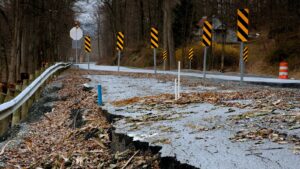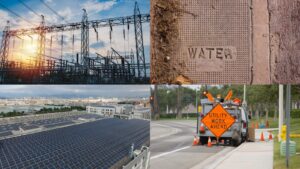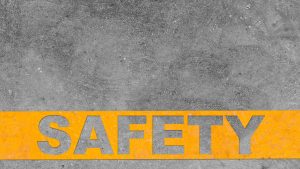In this article, we discover effective ways to prevent soil erosion on construction sites using proven erosion and sediment control methods that protect the environment and ensure compliance.
3. Why Erosion is a Problem for Construction Sites
4. How to Plan for Erosion Control Before Construction Begins
5. Best Erosion Control Methods During Construction
6. Structural Erosion Control Techniques
7. Common Mistakes to Avoid That Worsen Erosion
8. Monitoring and Maintenance of Erosion Control Measures
9. Sustainable Construction Through Erosion Prevention Technologies
What Causes Soil Erosion on Construction Sites?
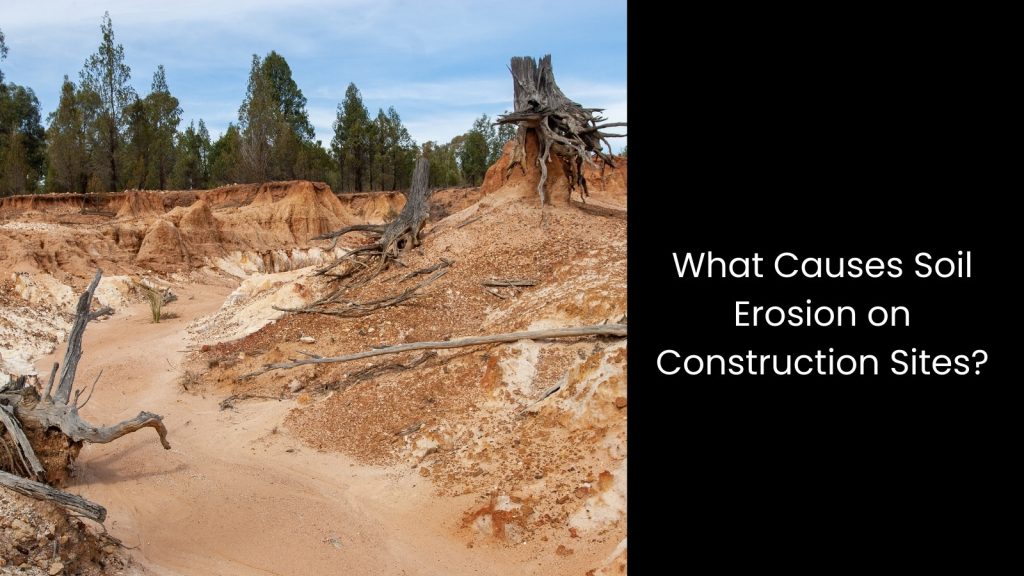
- Grading and excavation shake up the ground and break its natural layers, which makes the soil loose and easy to wash or blow away. This kind of land disturbance stands out as one of the top causes of erosion on any construction site.
- When workers remove vegetation, they strip away plants that once held the soil together with their roots. Without that root grip, even a small rain or breeze can start moving soil downhill.
- As heavy machines roll back and forth, they press down on the ground. This equipment movement and soil compaction push air and water out of the dirt, making it harder for water to soak in. This tends to cause more surface runoff, which drags soil along with it.
- Once the bare ground sits open, rain, wind, and gravity waste no time. They pull, push, and carry soil in every direction, turning loose dirt into a muddy mess.
Types of Erosion Common on Construction Sites

Rain Splash Erosion
Raindrops hit loose soil like tiny pellets, breaking it apart and tossing particles in every direction. This early stage of erosion starts fast, especially after grading work. As the soil stays uncovered, more particles escape with every storm. Among all types of soil erosion, this one initiates everything.
Sheet Erosion
After the rain keeps falling, water spreads across the surface and quietly drags soil in thin layers. Workers might not notice it right away, but plants stop growing well, and mud shows up in drains. This type usually follows rain splash and adds to the types of soil erosion.
Rill and Gully Erosion
Small water streams carve tiny channels called rill erosion. These shallow lines quickly deepen, turning into bigger cuts known as gully erosion. Construction sites with sloped land feel this the most. Once gullies form, they cause trouble fast and make it hard to fix the ground properly.
Streambank Erosion
Fast runoff from construction sites crashes into nearby creeks, slamming into the sides and tearing away the soil. As water eats into the edges, plants fall, and mud fills the stream. This streambank erosion ruins water quality and makes it harder to manage site drainage later on.
Why Erosion is a Problem for Construction Sites
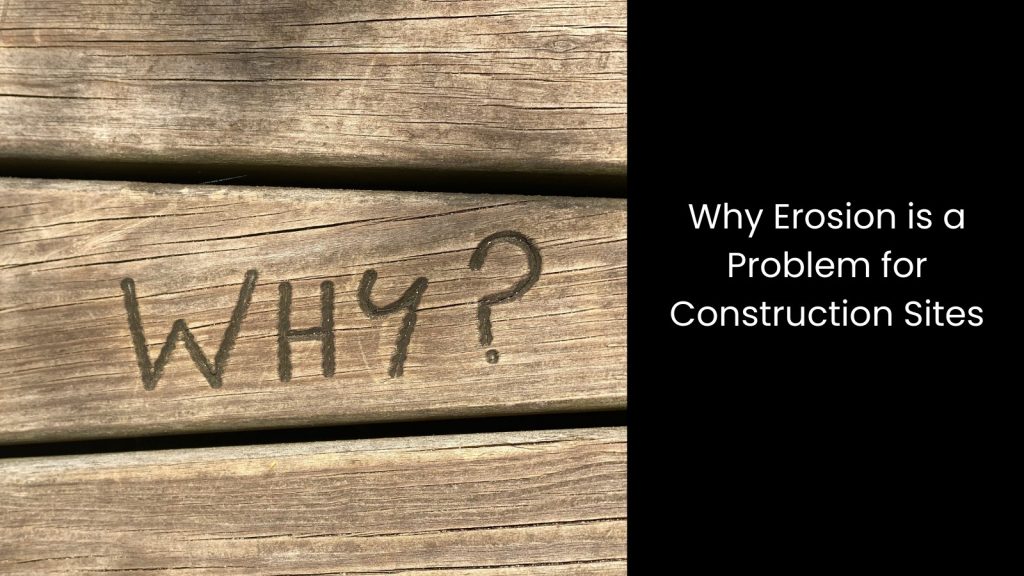
- Loss of Topsoil and Soil Nutrients
- Water Pollution from Runoff
- Turbidity and Eutrophication Effects
- Regulatory and Legal Consequences
How to Plan for Erosion Control Before Construction Begins
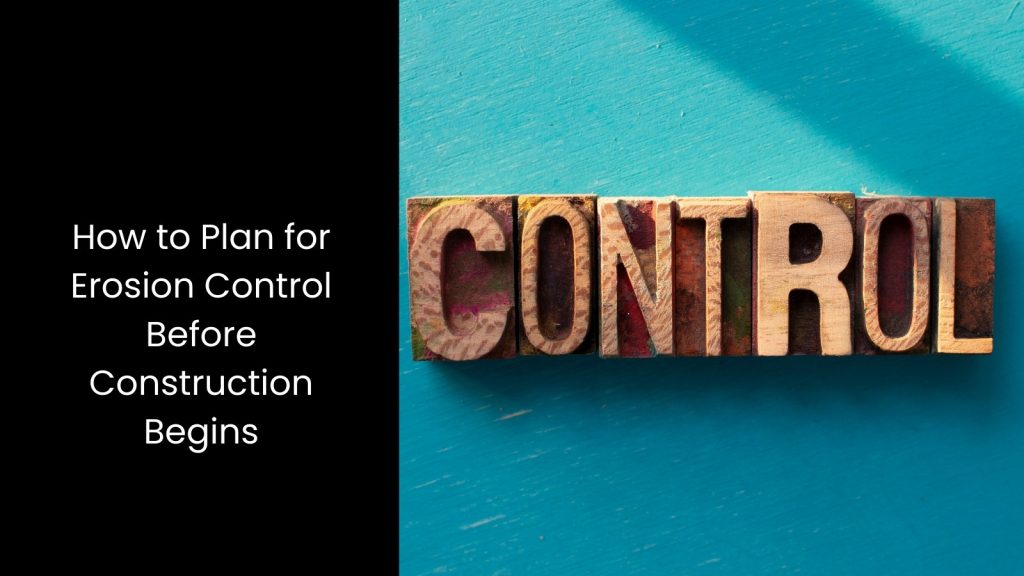
- Conduct Site Assessments
- Preserve Existing Vegetation Where Possible
- Create an Erosion and Sediment Control Plan
- Use Construction Phasing Strategies
- Implementing a Robust Sensor Network
Best Erosion Control Methods During Construction
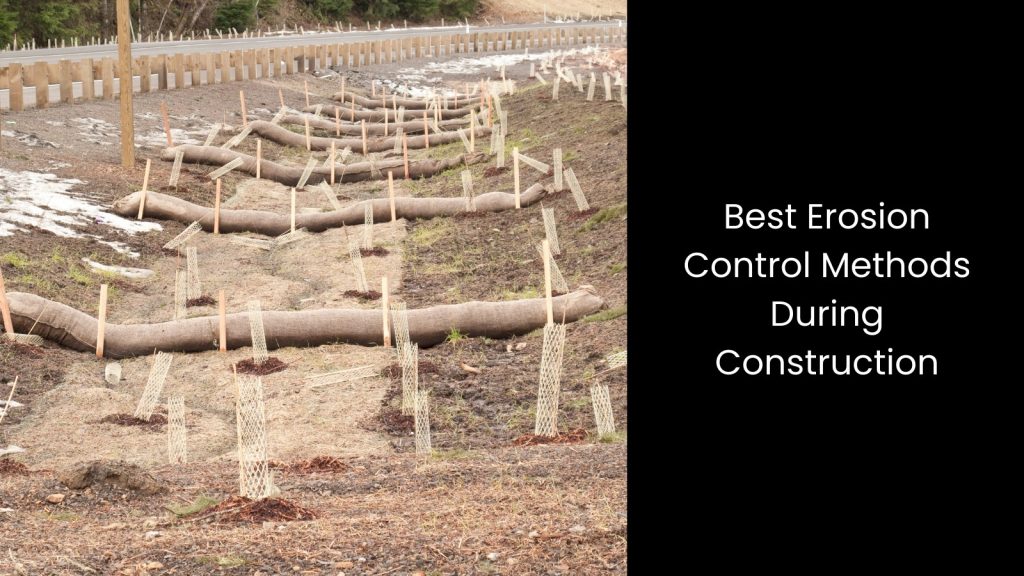
Physical Barriers
A properly installed silt fence catches sediment while letting water flow, but it needs regular maintenance to work well. Gravel entrances prevent dirt and mud from leaving the site on vehicle tyres, keeping roads clean. Compost filter socks act like soft barriers, placed around slopes or site edges to stop sediment from washing away.
Together, these tools provide strong sediment control, making sure soil stays put and construction zones stay safer and cleaner during all phases of work.
Vegetation and Mulching
Planting grass or other ground cover helps hold the soil tightly with roots, reducing washouts. Mulch, such as straw or wood chips, shields bare soil, keeping moisture in and slowing erosion. Techniques like compost erosion control and hydroseeding spread a mix of seeds and nutrients quickly, promoting fast growth in disturbed areas.
These methods combine natural protection with speedy soil recovery, making the site stronger against erosion while supporting healthier vegetation growth throughout construction.
Drainage Solutions
Ditches and diversions channel water safely away from vulnerable soil, preventing washouts. Check dams slow down fast-moving runoff, stopping it from carrying soil away. Proper grading shapes the land so water flows in controlled paths instead of pooling or rushing wildly.
As you can see, altogether, these drainage control methods manage runoff effectively, keeping soil in place and cutting down erosion risks. This kind of runoff management makes construction sites safer and helps protect nearby land and water from damage.
Digitalising the Construction Area
AI tools analyse huge amounts of data quickly, helping teams spot problems before they happen.
Drones and sensors collect real-time information on soil, weather, and equipment, making site management smarter. This digital approach improves safety, speeds up decision-making, and cuts waste. Using AI in construction also boosts accuracy in tracking progress and managing resources.
It changes traditional building methods, turning construction sites into high-tech environments where technology and human skill work together to keep projects on track and reduce errors.
Structural Erosion Control Techniques
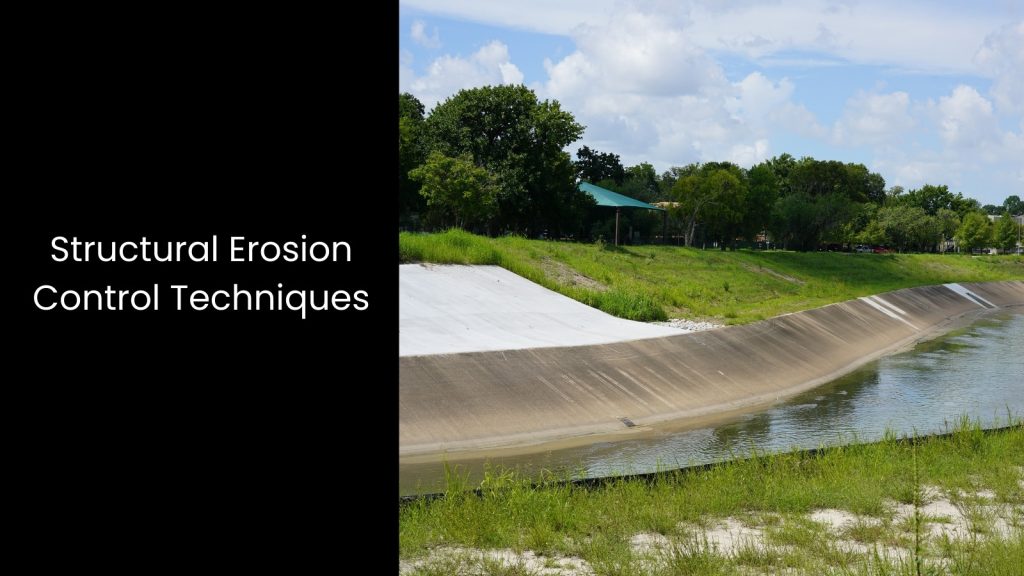
- RipRap– It uses large rocks placed along slopes or waterways to stop soil from washing away during heavy rain or strong currents.
- Earth Walls -These stand firm as compacted soil barriers that hold back soil and prevent landslides on steep construction sites.
- Concrete Blocks– They act like strong building blocks that create stable walls, guarding soil against erosion where water flow could cause damage.
- Soil Nails – Soil nails are long metal rods drilled deep into soil, reinforcing weak ground and keeping it tightly packed to stop erosion.
- Turbidity Barriers – These components float on water to catch muddy sediment, stopping polluted runoff from spreading beyond construction zones.
Common Mistakes to Avoid That Worsen Erosion
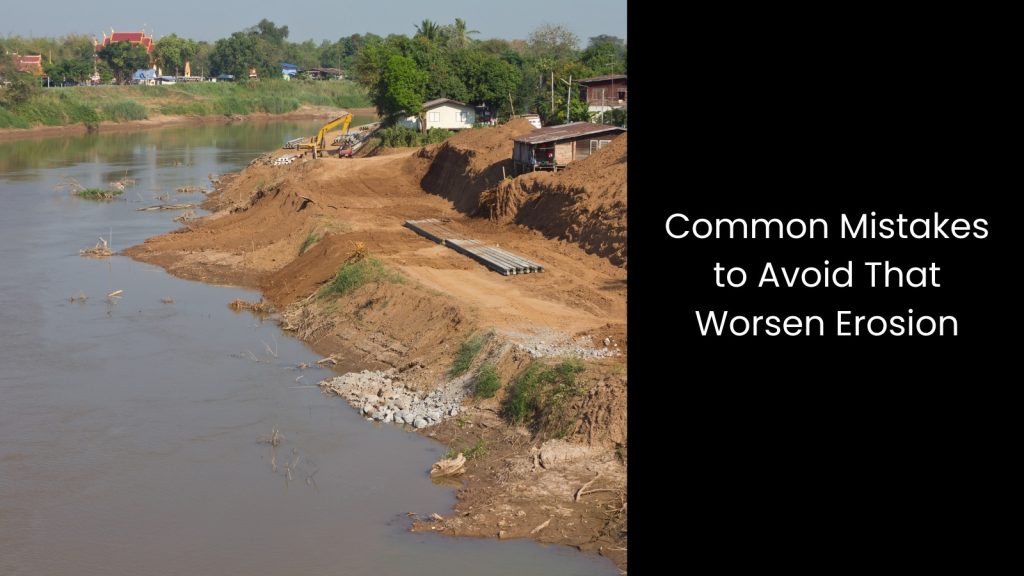
- Ignoring slope management lets water rush downhill unchecked, which speeds up slope erosion and damages the construction site.
- Placing silt fences wrongly across drainage paths blocks water flow, causing backups that wash out soil instead of controlling sediment.
- Overexposing soil without any vegetation or mulch leaves it vulnerable to rain and wind, making erosion control mistakes that cost time and money.
- Poor site drainage planning leads to water pooling or running in the wrong places, which worsens erosion and creates unstable ground conditions.
Monitoring and Maintenance of Erosion Control Measures
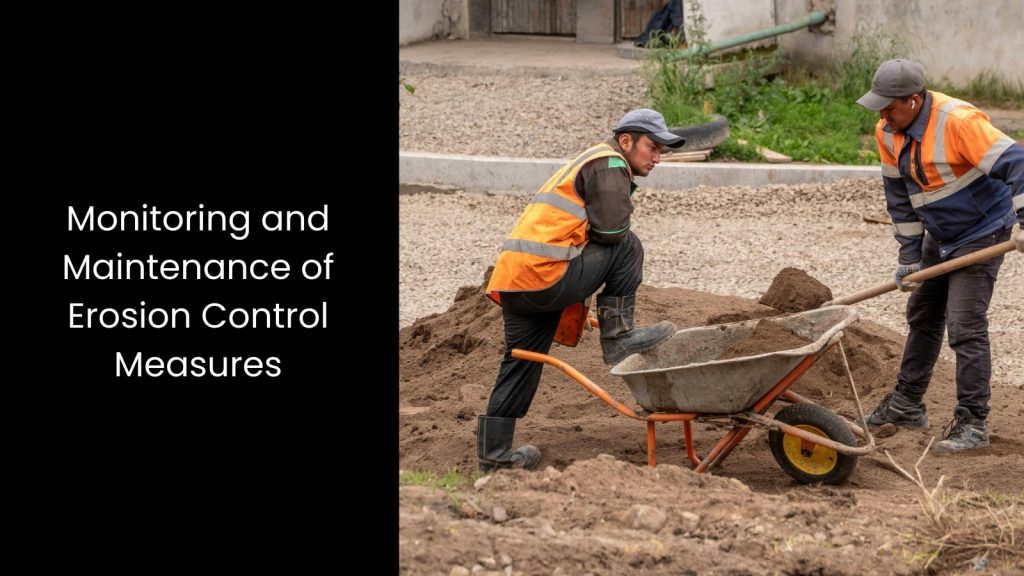
- You need to regularly inspect sediment control tools to catch problems early and keep erosion in check.
- It is always better to replace damaged fences or clear clogged drains quickly to make sure sediment does not escape the site.
- It is a must to check erosion controls right after rainfall and remove any built-up sediment to prevent it from causing more damage.
Sustainable Construction Through Erosion Prevention Technologies
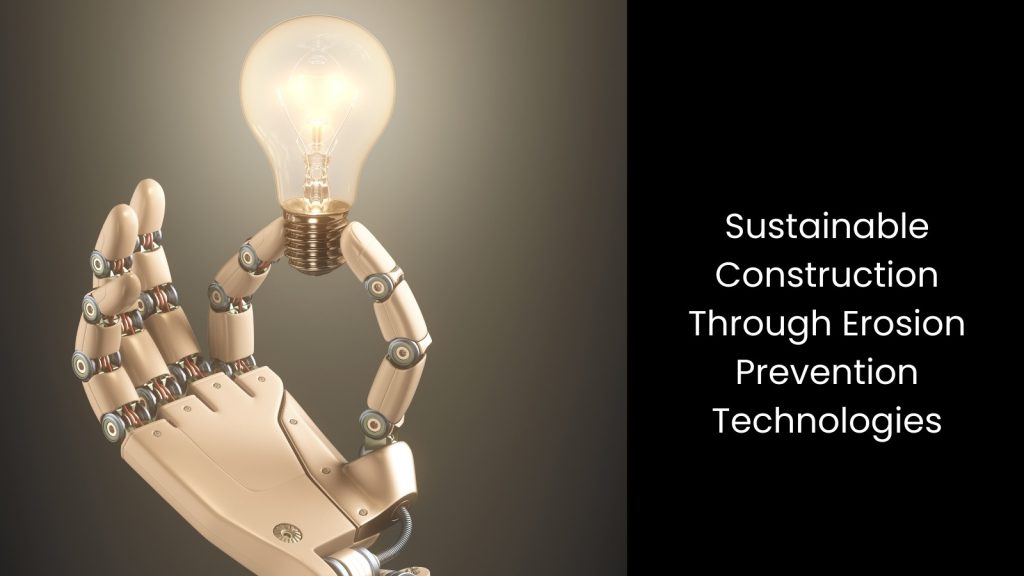
If you are in the construction scenario, you may be aware that erosion prevention technologies bring a fresh wave of responsibility and innovation to construction. When construction teams plan with these methods, they protect landscapes and save money long-term. This approach highlights how smart site management and sustainability can work together for a cleaner, safer build.


